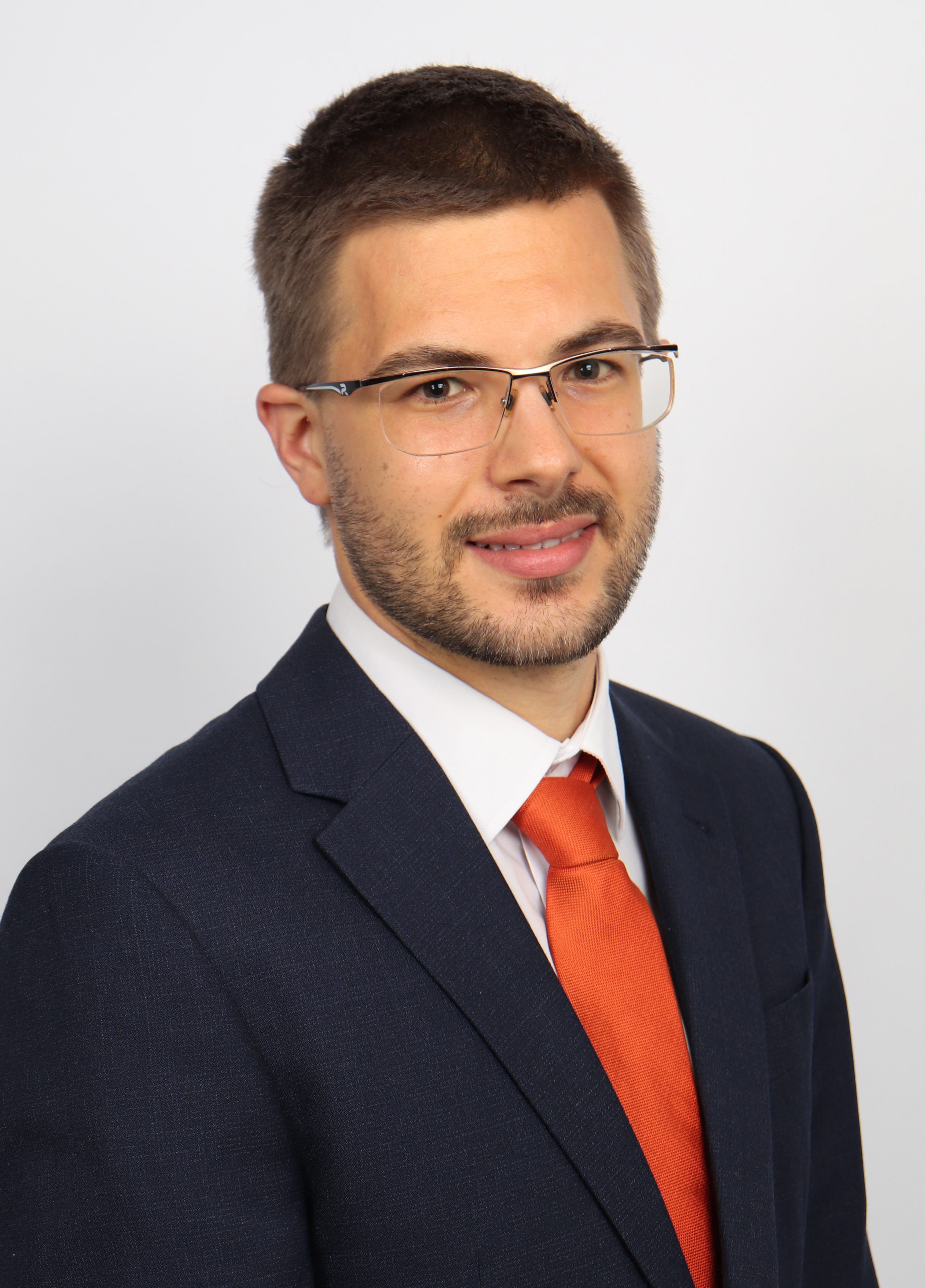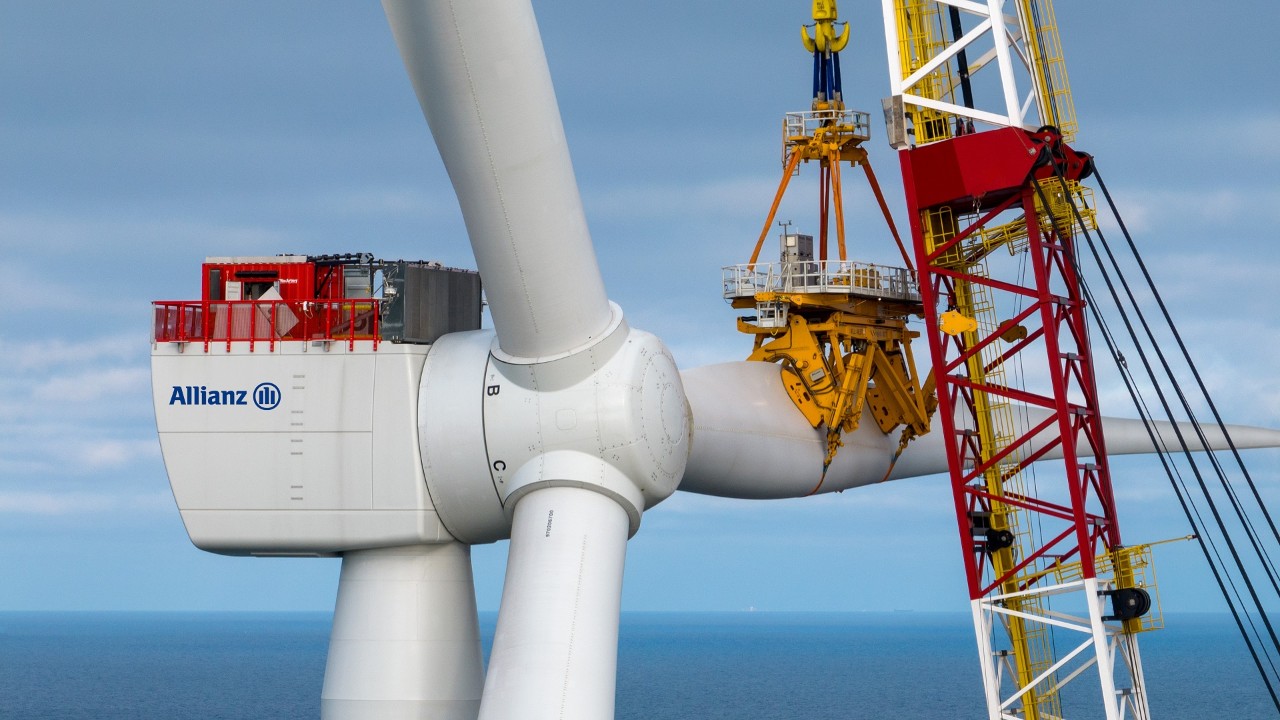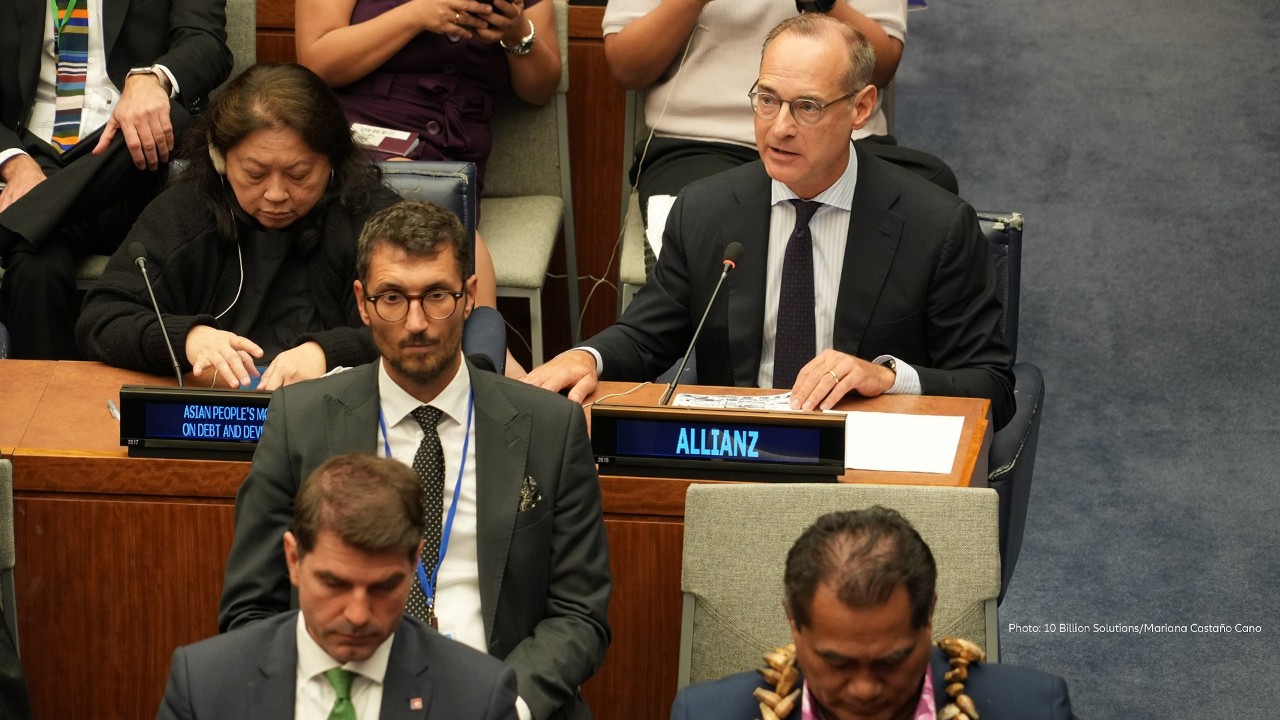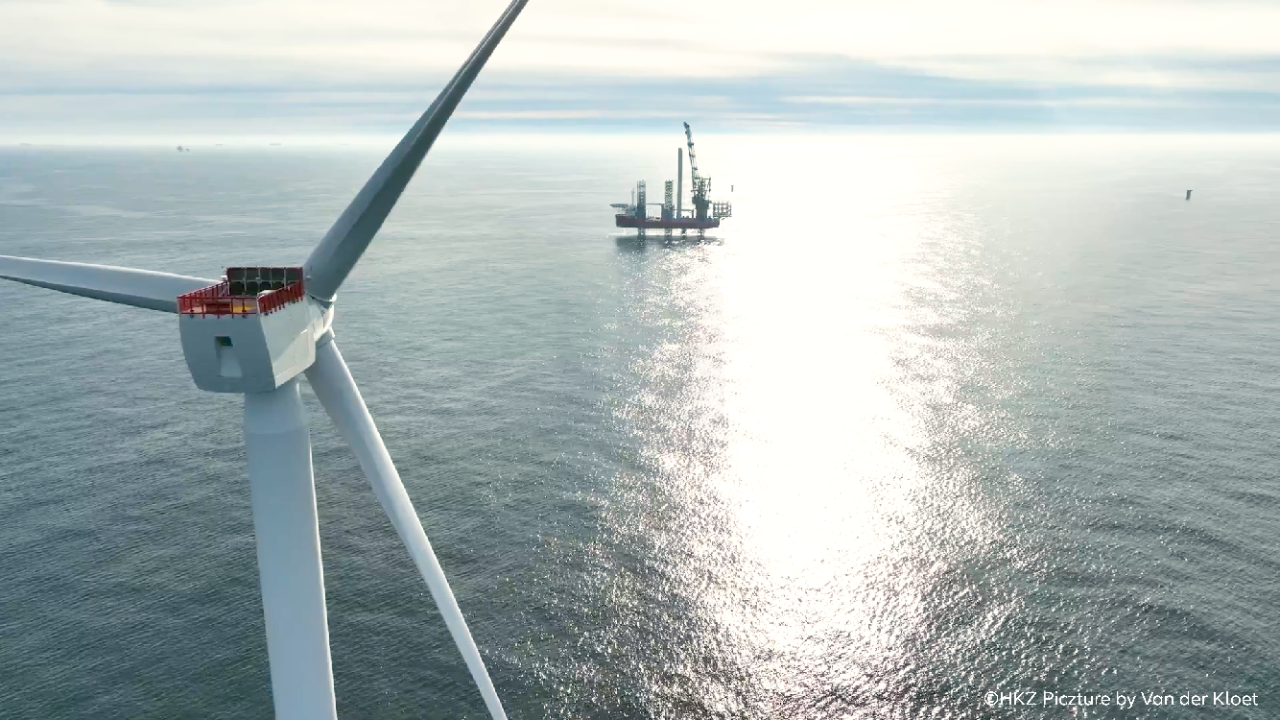Quad-state tornado: a new devastating record?
Bastian, can you tell us more about what made this tornado so destructive?
Did climate change play a role in this unusual tornado outbreak?
Tornado outbreaks are the type of extreme event that scientists have the least confidence in attributing to climate change, unlike heatwaves or floods. This is in part because of the short-lived nature and limited geographical extent of these events but also because of the complex interplay of meteorological conditions that are required for tornadoes to form.
Early December 2021 saw some of the mildest weather ever experienced in the affected southern states, breaking multiple local temperature records for that time of the year. These are linked to the exceptionally warm Gulf of Mexico and the on-going La Niña phenomenon, which ultimately stems from a temperature imbalance of the Pacific Ocean but has global seasonal weather impacts. The combination of warm, moist air near the surface combined with cold, dry air at higher altitudes due to the onset of winter in the United States are the perfect mix for potent thunderstorms. As the moisture rises the thunderstorms swell to so-called supercells, like the one travelling from Arkansas across Kentucky, which spawn and fuel tornadoes.
Thus, a warming climate will likely lead to atmospheric conditions favorable of winter tornadoes as was observed over the weekend. However, other factors such as decreasing wind shear in a warming world could inhibit tornado formation. To date climate models cannot capture the small-scale meteorological dynamics that control tornadoes, making future projections highly uncertain.

How has the damage caused by tornadoes evolved over time?
What are the implications for the insurance industry?
In terms of quantifying losses, accurate location information and the use of geo information systems (GIS) is crucial, as tornados completely destroy structures in their paths while those close by remain unaffected. Insurers will look closely at the Quad-state tornado to better understand the damage dynamics of this specific event. This is particularly relevant if tornadoes continue to move from the traditional U.S. Tornado Alley into the southeastern states that generally have weaker constructed buildings and homes. Tornadoes are also a relevant peril outside the United States, as the extensive damage in the Czech Republic showed this summer.
Insured losses from so-called secondary perils have been increasing globally over the last two decades and exceeded those of traditional primary perils (wind, earthquake) in 2020. Amongst these secondary perils, tornadoes, straight-line winds (“derechos”) and hail (collectively termed severe convective storms) constitute the biggest loss drivers worldwide, despite their localized geographical footprint.
About Allianz
** As of December 31, 2023.
Press contact
Allianz SE Reinsurance


